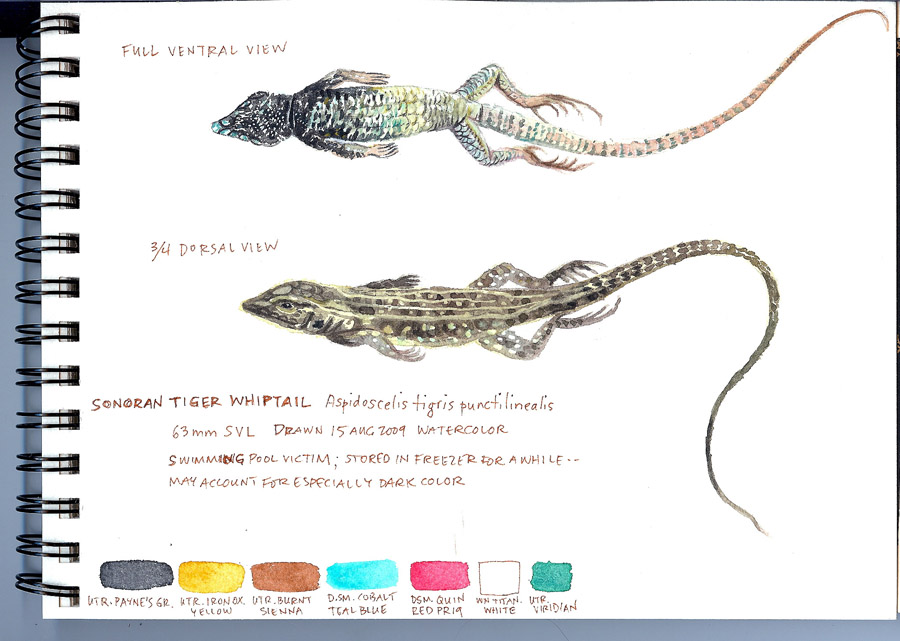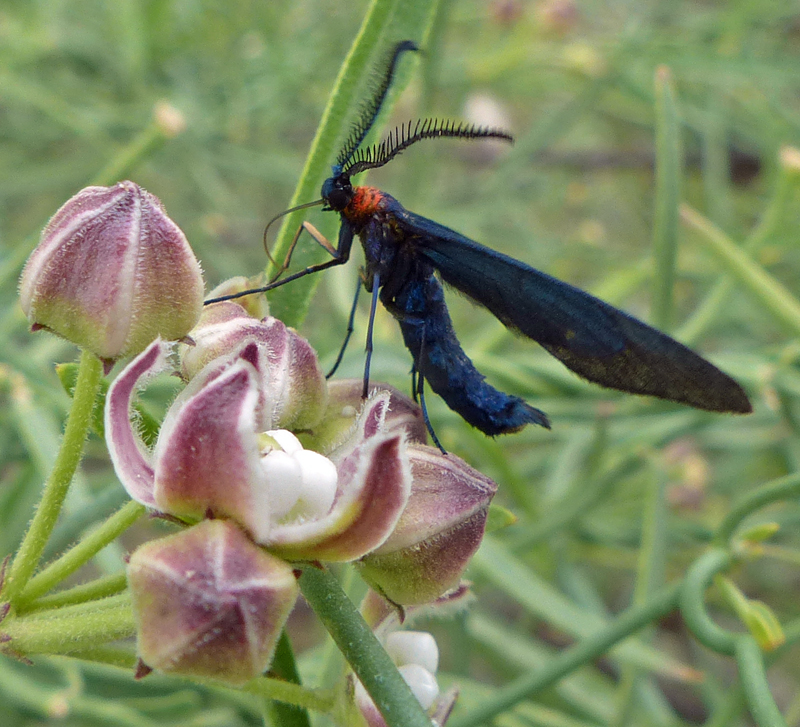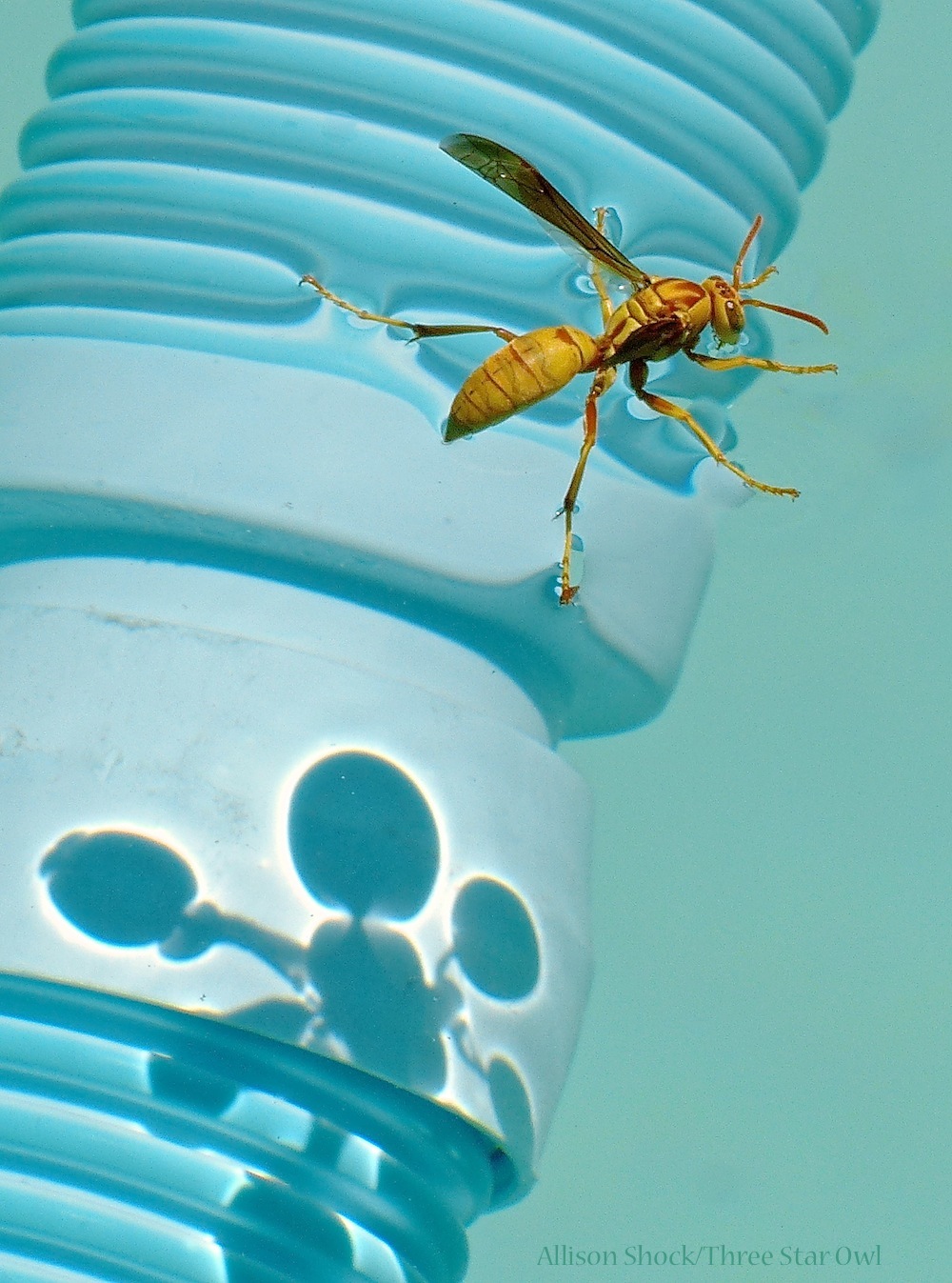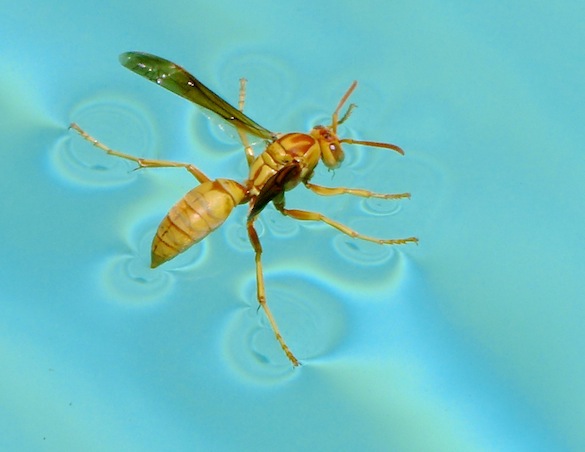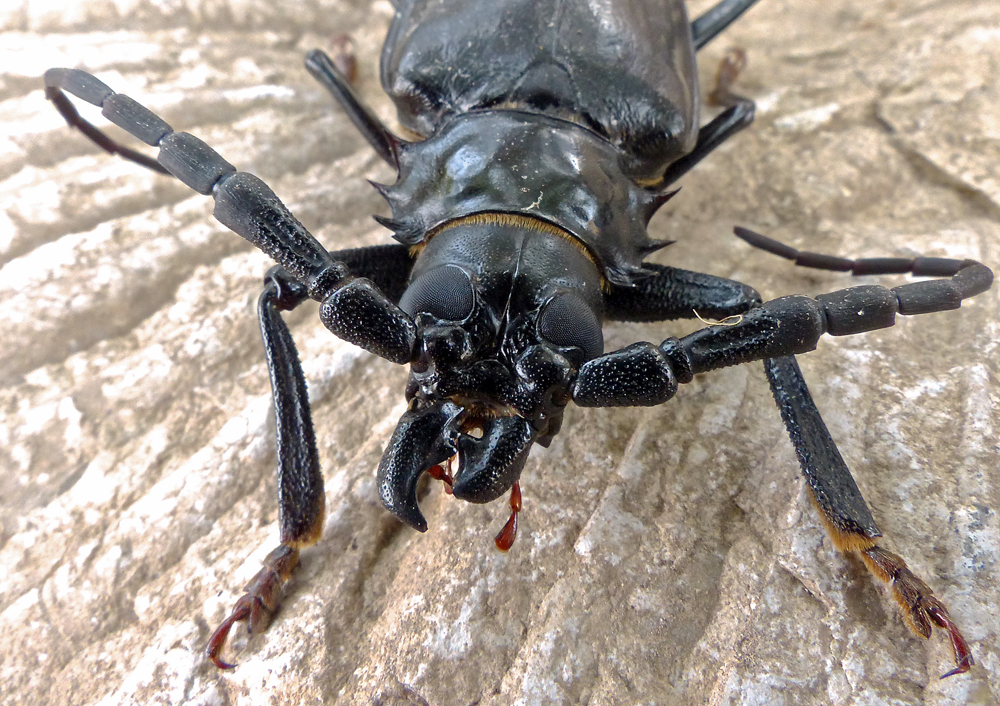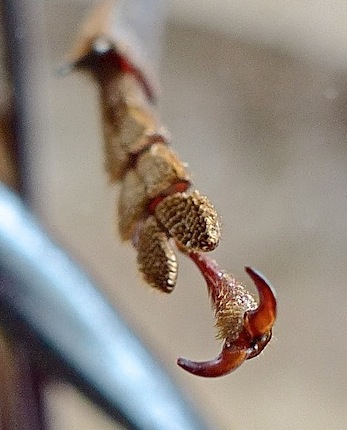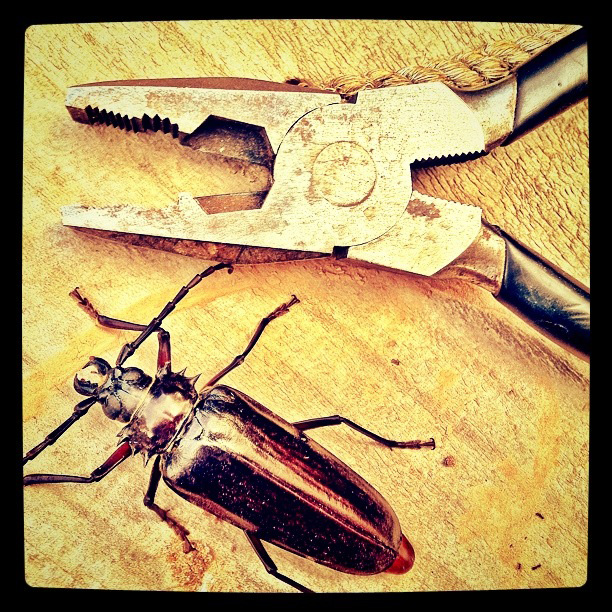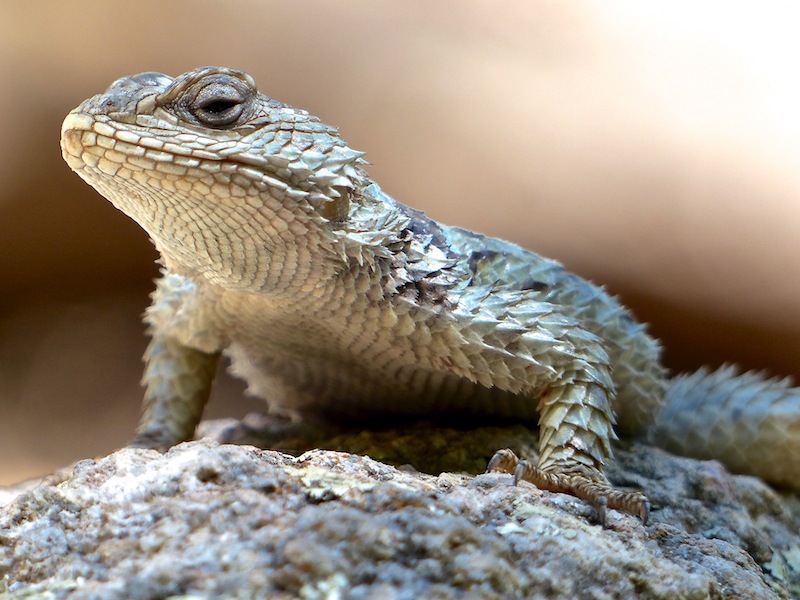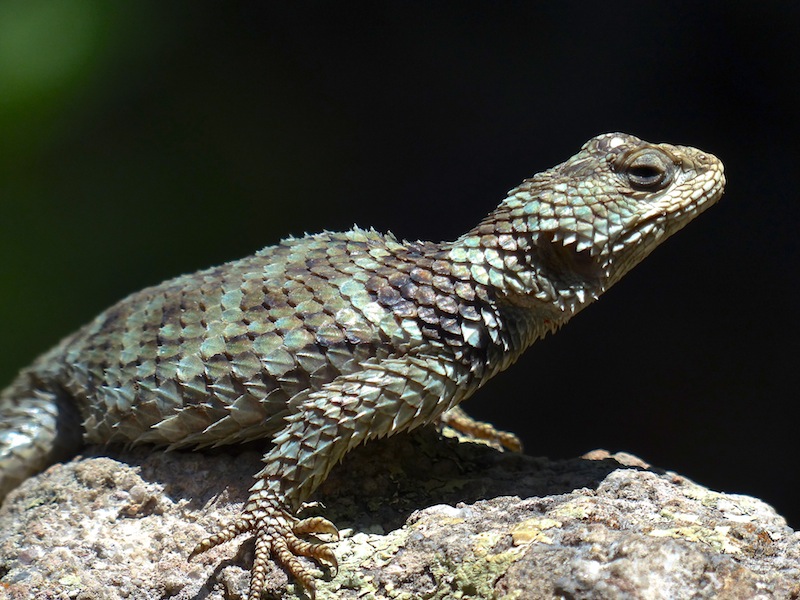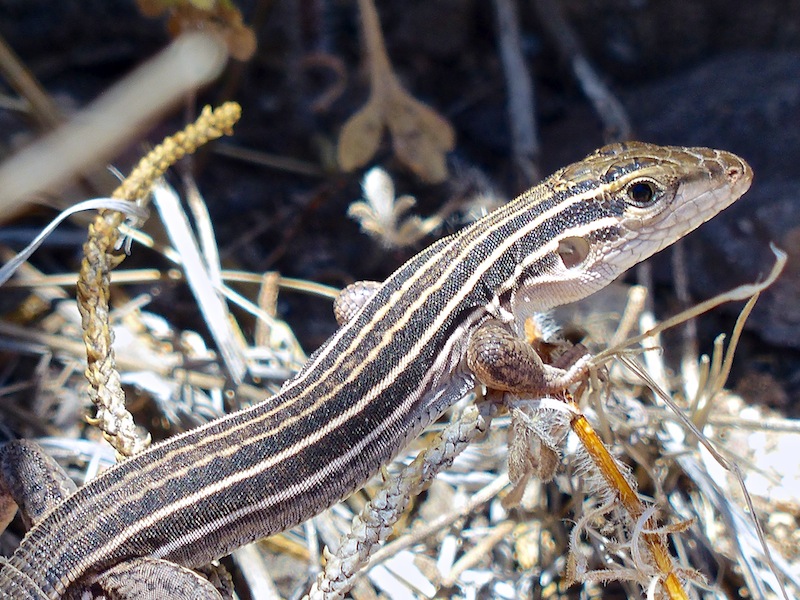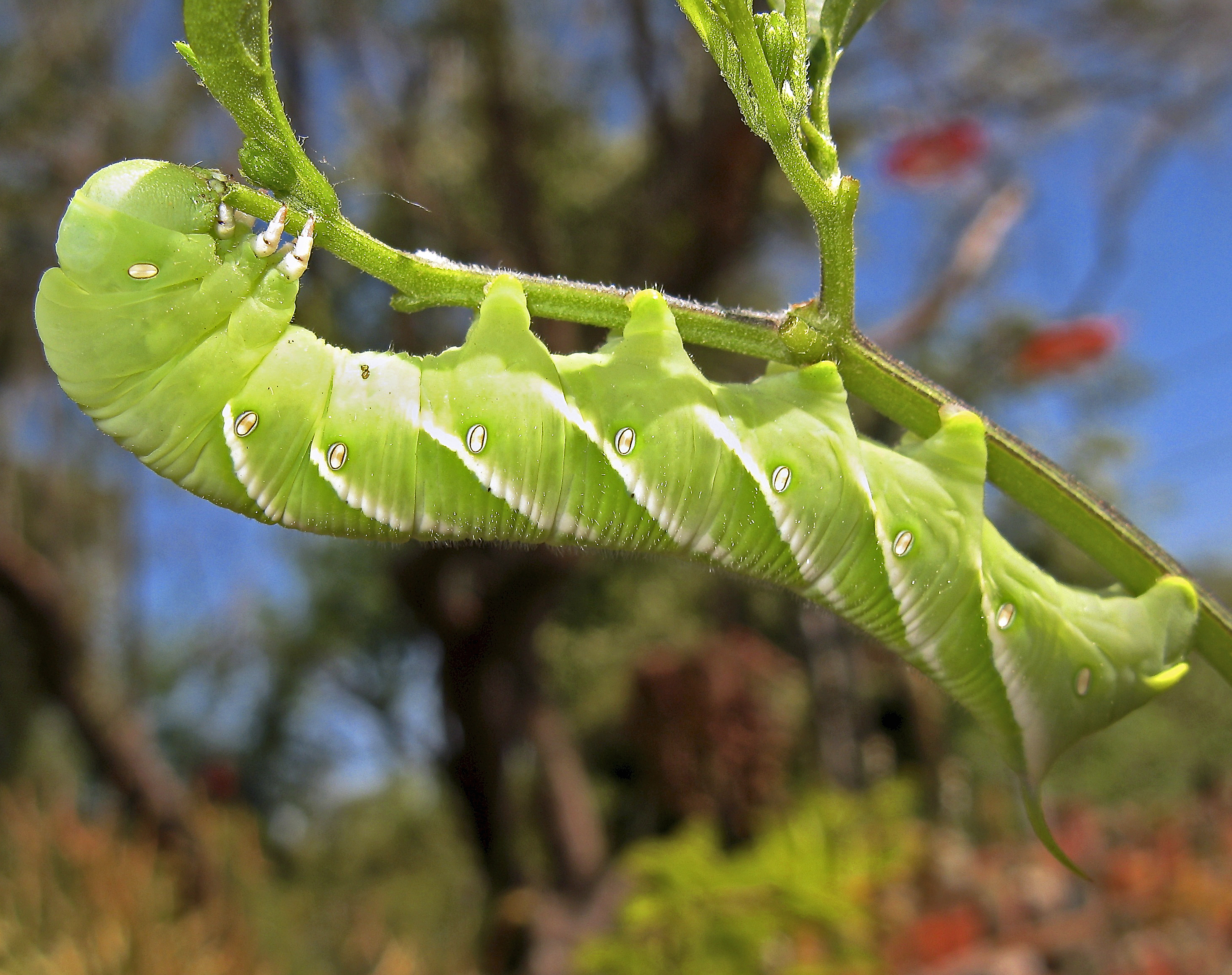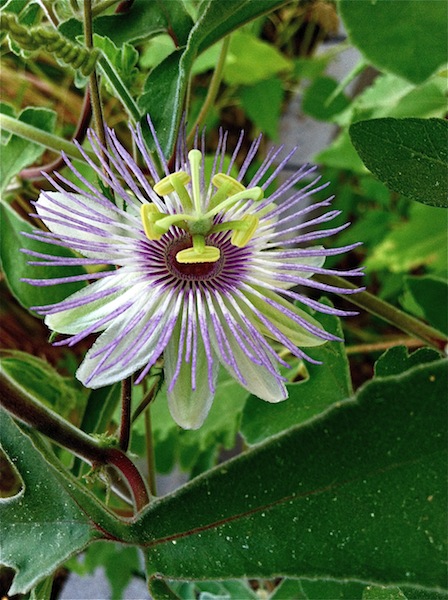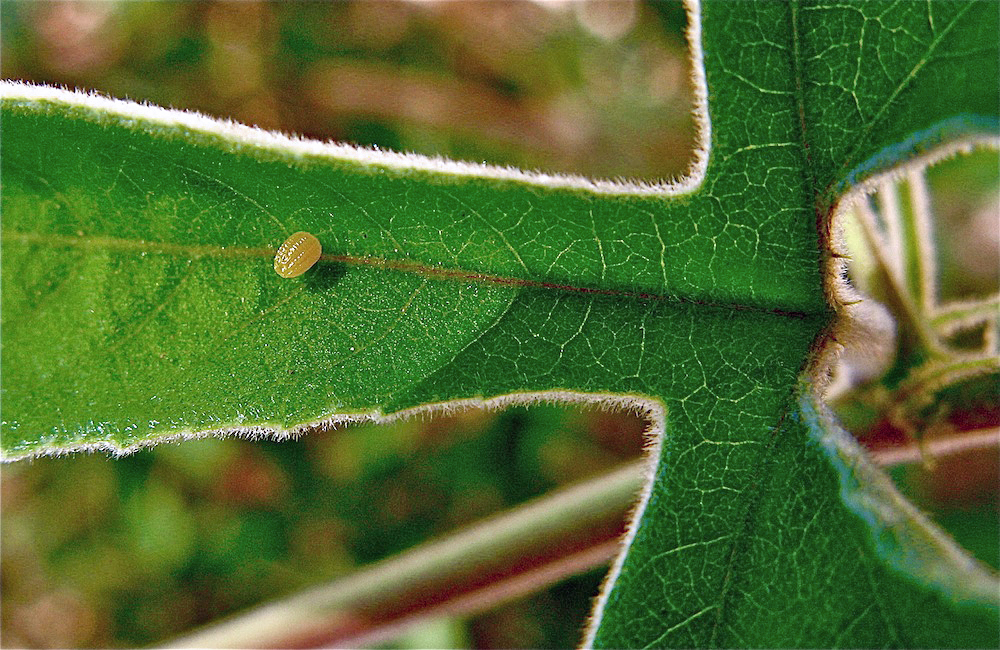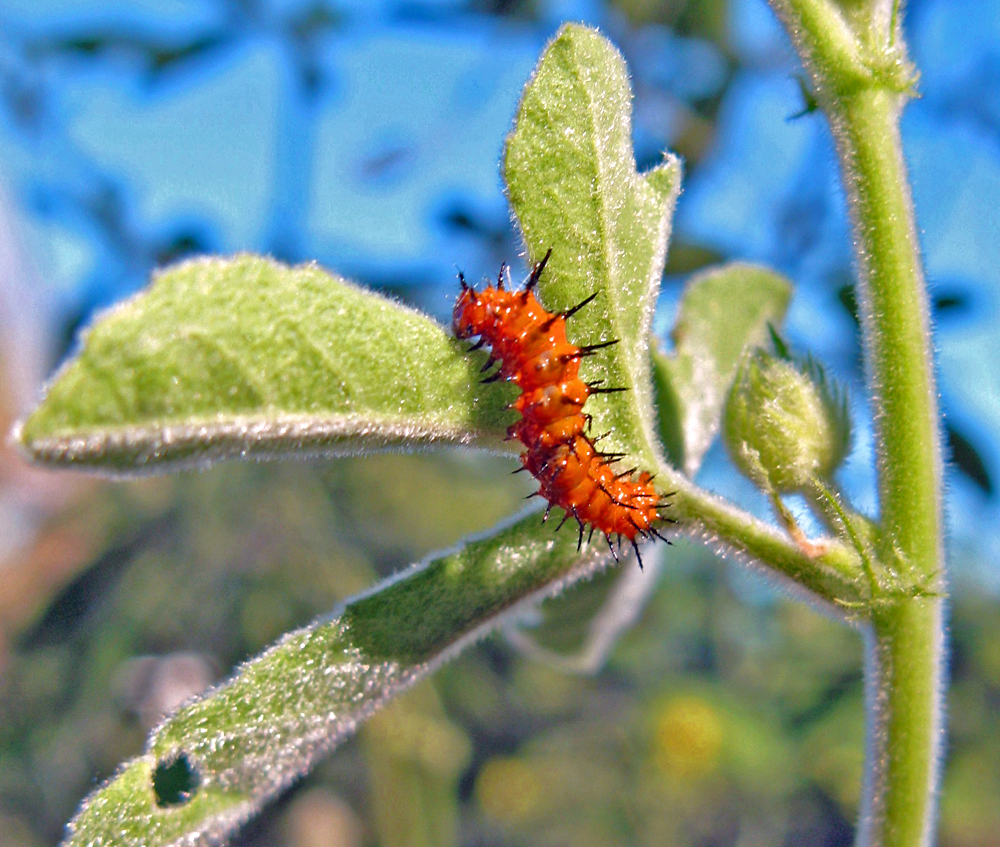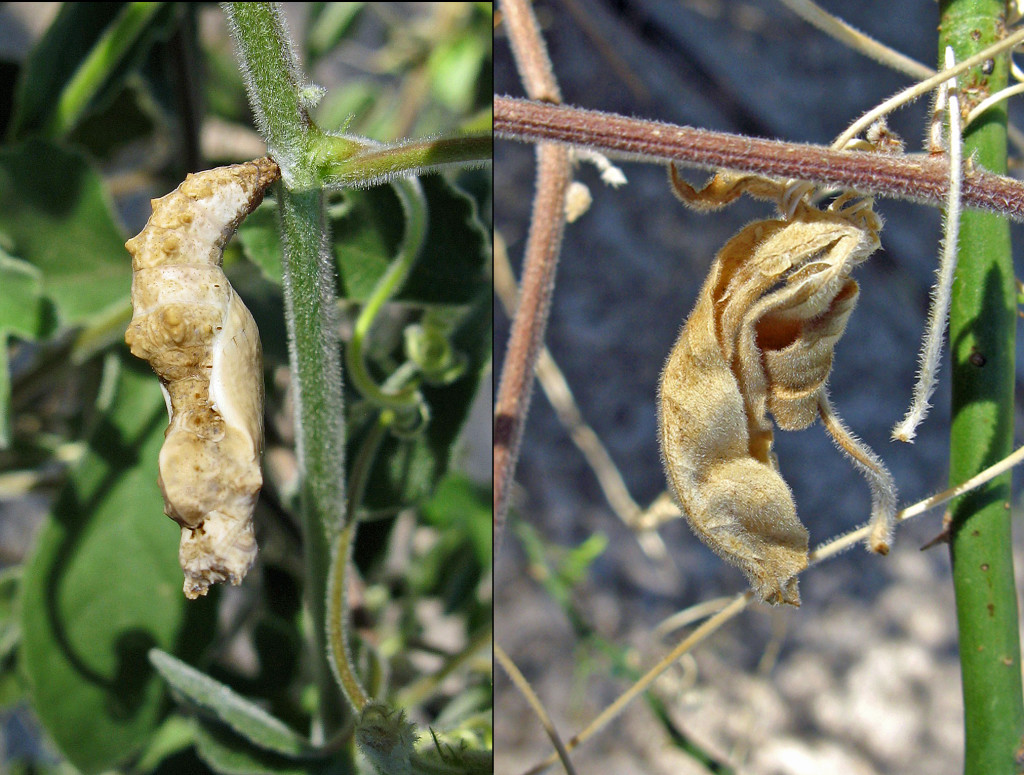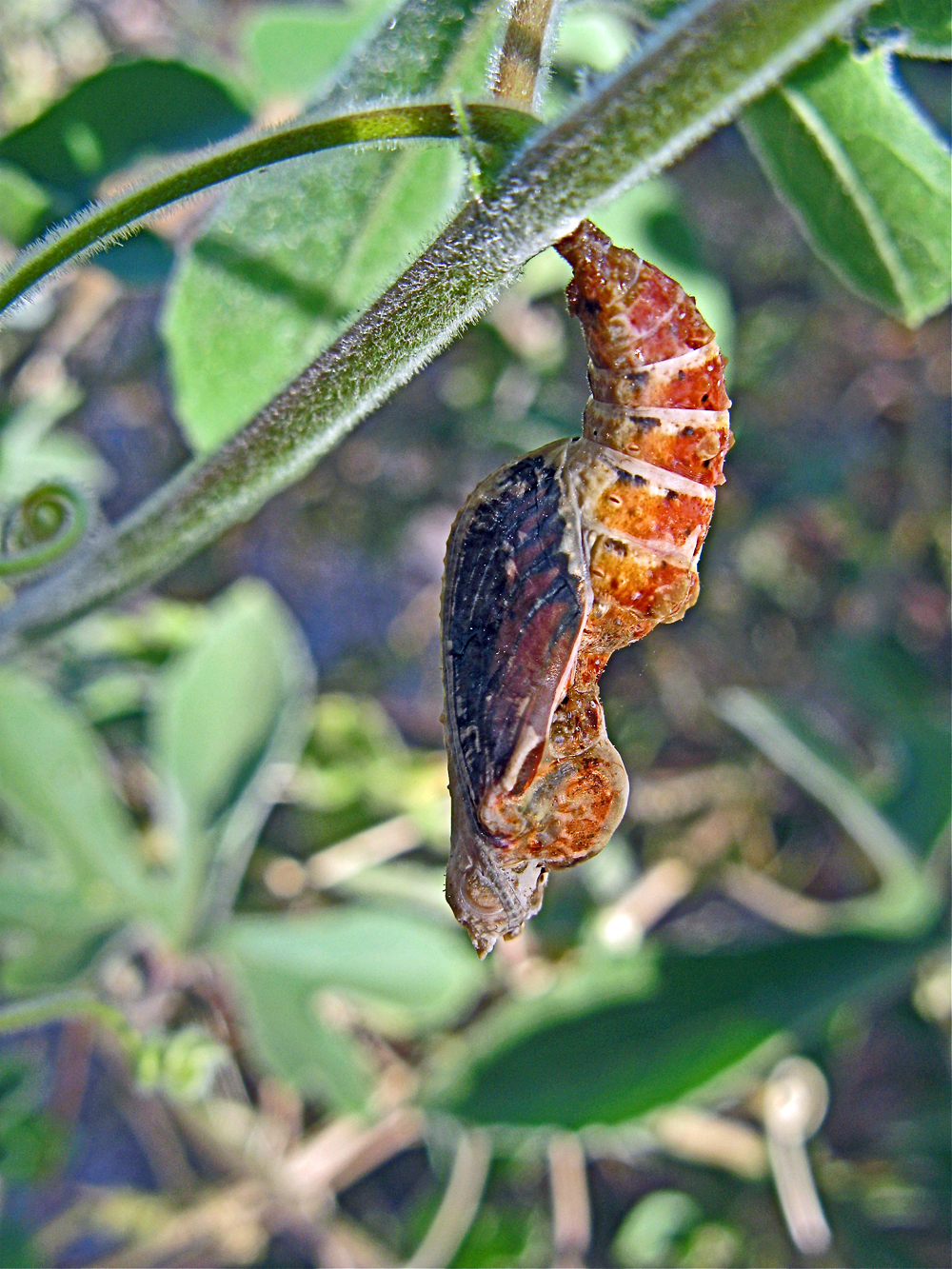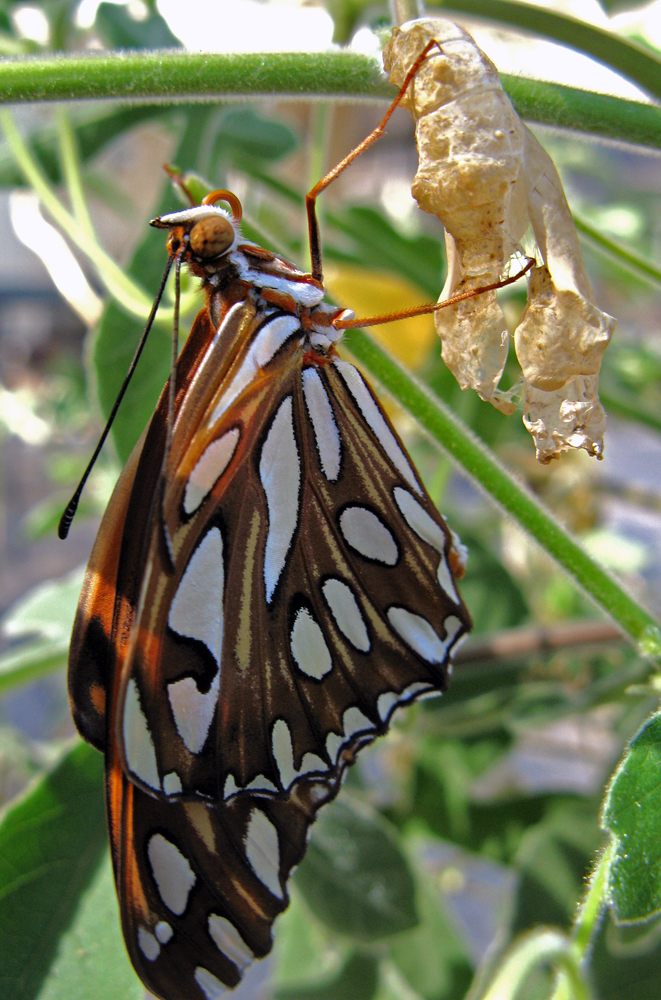Yesterday a mature Tiger Whiptail (Aspidoscelis tigris) drowned in the pool.
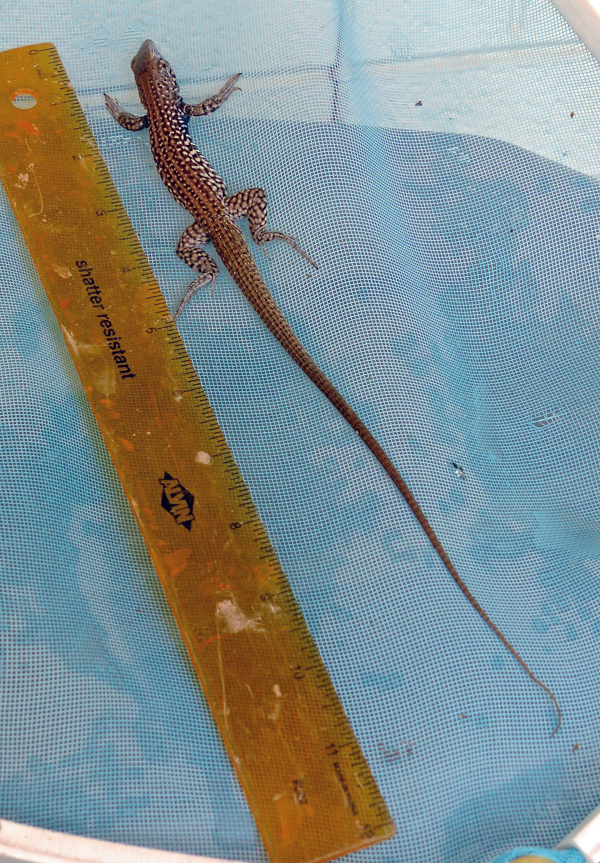
<< about 4 inches snout to vent, 8 inches of trailing tail (all photos A.Shock)
It’s always sad when something succumbs to the pool, but I especially love these “checkerbirds” who inhabit our yard: the Tiger Whiptails are good-sized terrestrial lizards who, along with the smaller, climbing Ornate Tree Lizards, are the species we see most often. They’re active in the day, and glide smoothly from cover to cover like speedy little slender-tailed alligators, snapping up ants and other small invertebrates. Over the years I’ve rescued several clinging to the tiles or swimming along the edge looking for a way out, but it doesn’t take them long to tire and drown. When I’ve scooped survivors out of the pool, it’s always an amazing sensory experience — their limber bodies are sleek and satiny, heavy for their size and cool from the water. I’ve never yet had one try to bite, but they’ll often cling with stickery toes to my hand until I release them. Sometimes they’ll run back to the shade of my foot and climb up onto it to dry out.
I hate losing a neighbor like this — I’m a fan of promoting populations of consumers higher up the trophic pyramid within our garden walls (except perhaps coyotes). At least yesterday’s unfortunate event presented the opportunity to examine the excellent animal up close, and also macro photo ops (more new camera practice!)
The victim was a glorious full-grown individual — I think it’s a male, since the pores on the inside of its thighs are prominent (photo below). These femoral pores secrete a waxy pheromone substance to mark territory and attract mates. The lizard leaves this marker behind as he moves around — the reptile equivalent of a tomcat signalling his turf, without the spray action (or human-detectable odor, although the cats always seem to know when a lizard is near, even through the door since, thugs that felines are, they’re incarcerated full time).
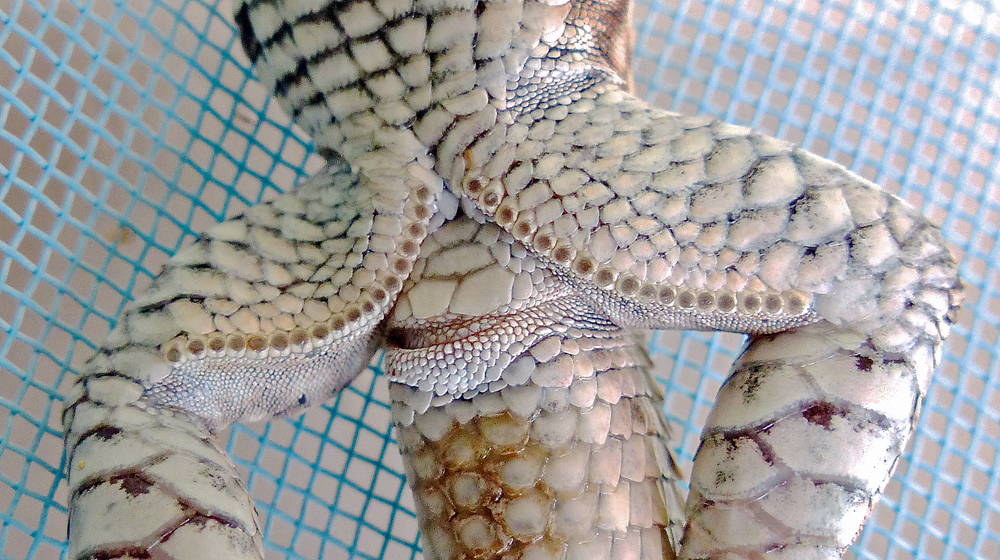
Up close it’s easy to appreciate the panoply of scales this lizard ports: smooth, fused plates on the head, flexible bead-like dorsal skin, overlapping scaly sides, scute-like belly protection, articulated tubular toe armor — an astounding and functional body-covering. The scales of the limb crevices are fine-textured for flexibility, arrayed like gussets in a knight’s articulated plate armor under the arm and at the groin where the chain maille shows through. The scales are heavier and broader where they need to withstand battle (top of the head and legs) and wear (under belly, thighs, and tail).
Although the lizard’s lower lid is drawn up nearly closed, you can still see the iris behind it.
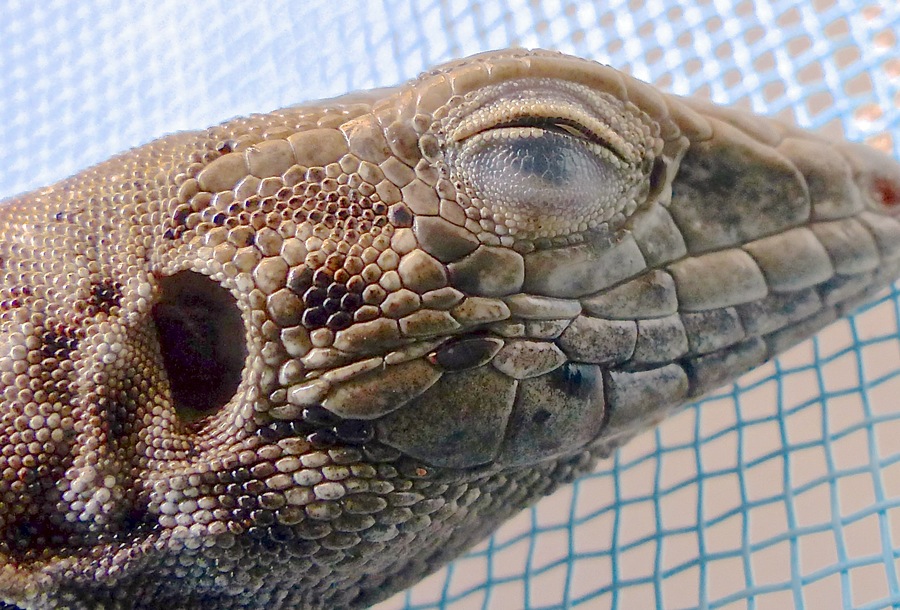
I don’t know if whiptails has an additional inner eyelid (or nictitating membrane like some other lizards and many birds), but it wouldn’t need one: the translucent lower eyelid functions in the same way, providing protection without losing much visibility. That’s a spectacular protective feature for an animal who spends much of its day burrowing and sleeping in gritty soil. And you can bask in the open without risk of desert dry-eye or being caught napping by approaching danger, not to mention cutting down on UV damage to cornea and retina while coursing after ants on the glaring pool deck. (Predators’ eyes are notoriously at risk for injury by thrashing prey, and losing vision in even one eye is a serious blow to survival chances.) And it’s constructed of transparent scales! Just look at it! Be sure to click on the image for optimum viewing of the orderly, least-surface soap bubble geometry of those clear scales. Plus there are a couple of bonus phoretic mites. Do you see them?
Below is another pool victim in a post from 2009, drawn fresh from a ziplock in the freezer. The older post also mentions that at the time there was a second ziplock bag in the freezer with a scorpion in it. I’d forgotten about that one. I wonder if it’s still there? If so, it’ll turn up sooner or later.
